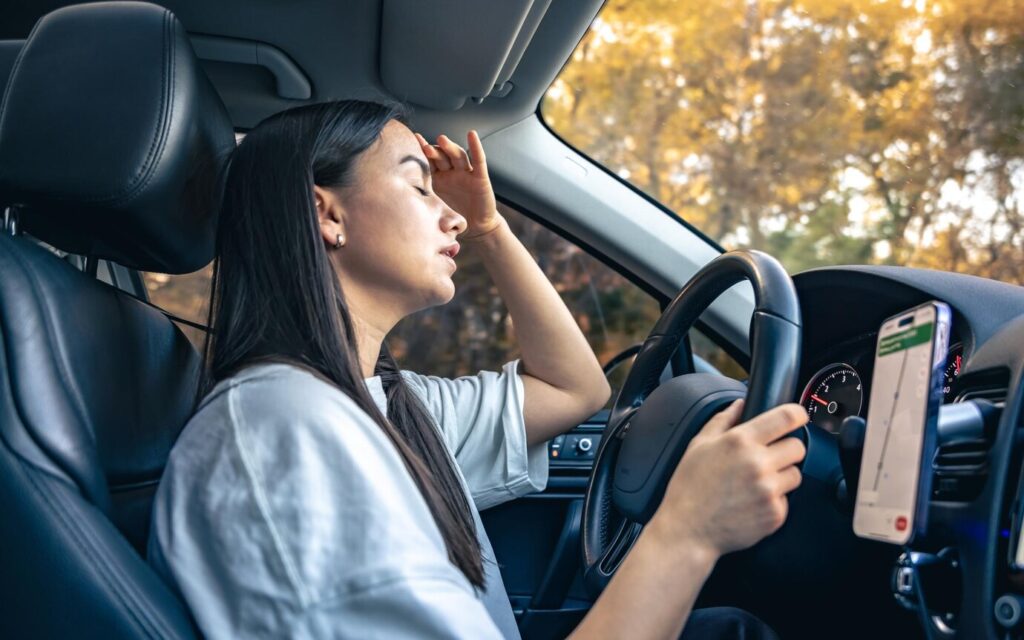Oh Deer!
Each year, around 2.1 million deer-vehicle collisions occur, leading to approximately 59,000 human injuries and 440 deaths, according to CNN. These accidents can be costly, with vehicle repairs averaging around $5,600.
In the infographic below, we highlight five quick tips to help prevent collisions and minimize damage if a crash is unavoidable. Keep reading for more details on avoiding deer-related accidents and filing an insurance claim if needed.
When to Be Extra Cautious
If you drive through wooded areas, encountering deer on the road is a common risk. Here are some key facts to help you stay alert:
- Deer are most active at dawn and dusk, making these times the highest risk for collisions.
- Breeding season runs from October to late December, increasing the likelihood of deer crossings.
- Deer are drawn to roadsides, where plants grow in medians and along the edges.
- The end of daylight saving time in November sees a 16% rise in collisions, according to a 2022 report from Current Biology.
- Your risk of hitting a deer is 14 times higher after dark.
Help Young Drivers Stay Safe
New and teen drivers should be extra cautious during deer season. Sharing this infographic with them can serve as a great visual reminder of how to avoid a collision.
What to Do If You Hit a Deer
Even if you drive carefully and use your high beams when possible, accidents can still happen. Here’s what to do:
- Turn on your hazard lights and, if possible, move your car to the side of the road for safety.
- Call 911 to report your location, any injuries, and any road hazards (such as car debris or the deer itself).
- If injured, wait for paramedics. If uninjured and it’s safe, document the scene for your insurance claim. Avoid exiting your vehicle in the dark.
- Consider filing a police report, even if not legally required in your state. This can help with:
- Reporting vehicle damage for your insurance claim
- Notifying authorities about an injured or deceased deer
- Documenting injuries to passengers
- Call your insurance agent to determine if you need to file an auto claim.
Check Your Insurance Coverage
Don’t wait until an accident happens—make sure you’re covered in case of a deer-related collision. If you’re a Grange customer, check your auto policy for Other Than Collision Coverage. If you have questions, reach out to your independent agent to review your coverage options.
Stay safe on the roads, especially during deer season!

